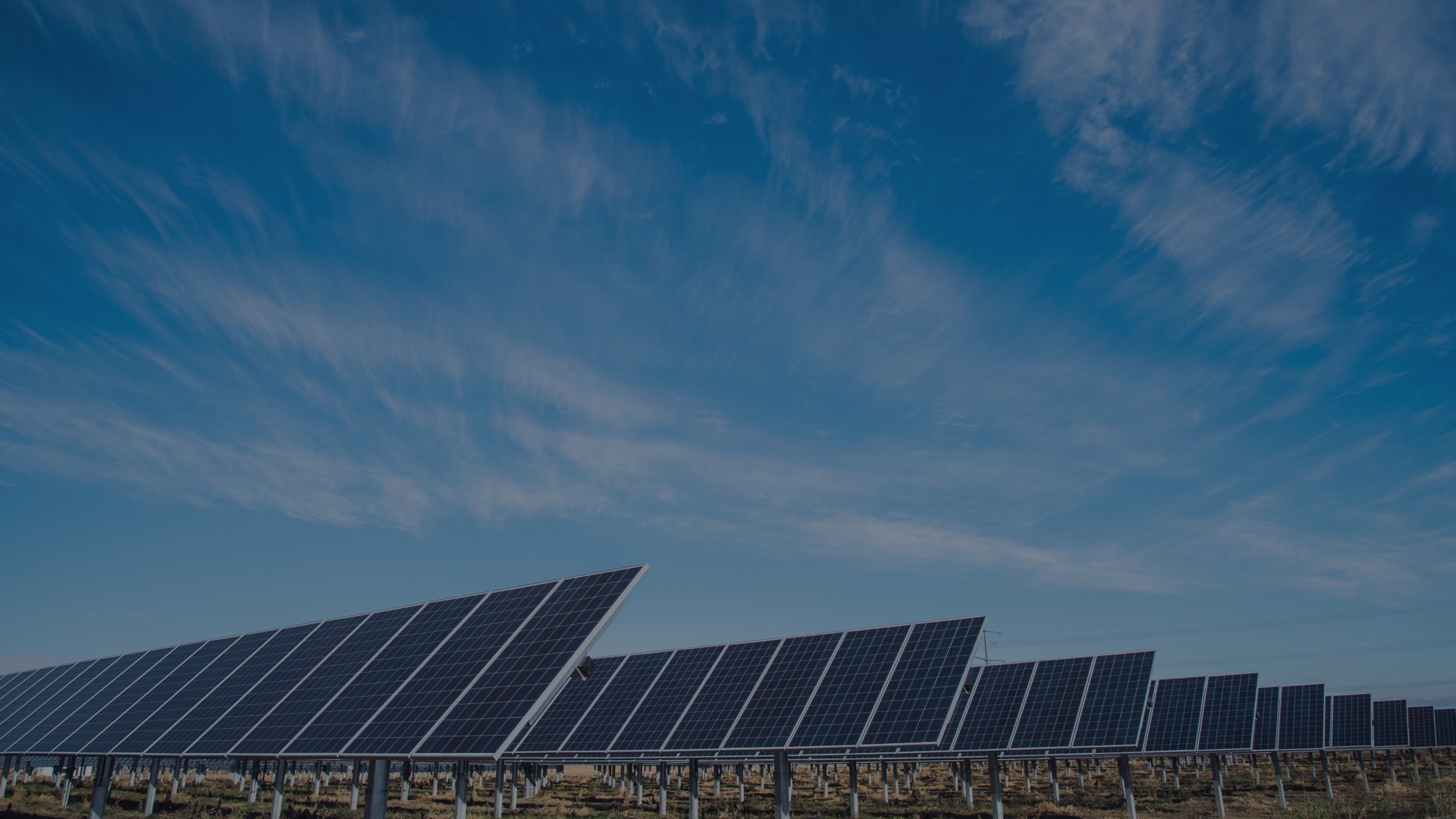Scientists are looking in to the possibility of using a ‘fake’ photosynthesis in order to provide renewable energy for future generations.
Three UK universities, including the University of East Anglia, University of Leeds and the University of Cambridge have all been given funding of £800,000 to look at the potential of mimicking photosynthesis for purposes such as hydrogen production.
Despite sounding like something from science-fiction, there is a strong case for the experiments, with artificial photosynthesis being touted as real option to reduce our dependency on fossil fuels.
Professor Julea Butt, lead researcher at the school of Chemistry and School of Biological Sciences at UEA, has been part of the experimentation process.
“During plant photosynthesis, fuels are made naturally from the energy in sunlight. Light absorption by the green chlorophyll pigments generates an energised electron that is directed, along chains of metal centres, to catalysts that make sugars,” Ms Butt said.
The method of creating energy involves the fitting of a number of tiny solar panels to microbes that will take in sunlight and harness the solar energy. This can then drive hydrogen production, with existing technologies able to release this energy.
“We imagine that our photocatalysts will prove versatile and that with slight modification they will be able to harness solar energy for the manufacture of carbon-based fuels, drugs and fine chemicals,” Ms Butt concluded.
This method of using solar panels may take a few more years to be fully developed, but for those looking to save money and help in the worldwide aim of reducing carbon emissions, solar panels could be a realistic option.
Since the feed in tariff has been amended, the number of solar panels installed on Britain’s buildings is once again on the increase. Initial costs of installation have also decreased, which makes the profit gained from the government tariff even more worthwhile.
